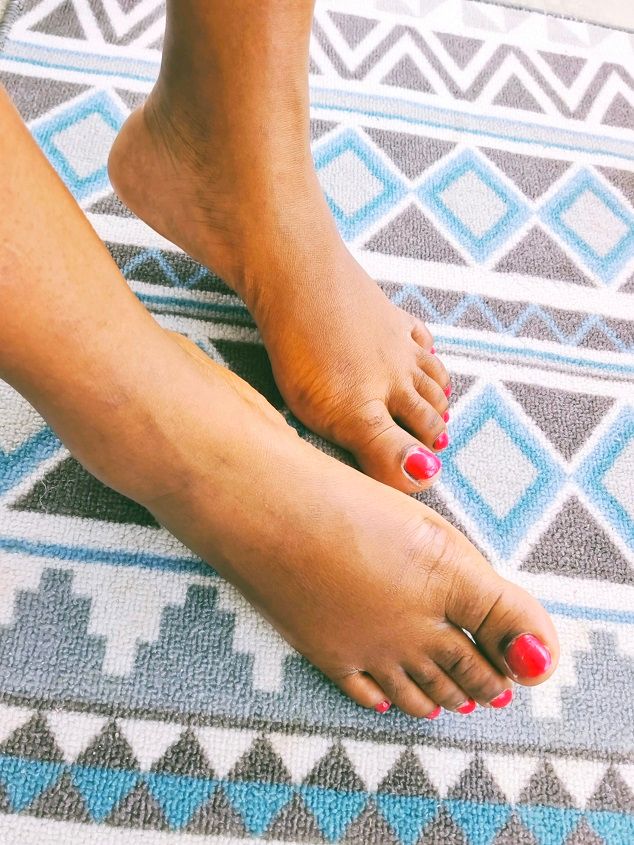Venous Stasis (swollen ankles/feet)

Have you ever found yourself presented with a spontaneous swelling of your legs and feet? Surely if you have, this would have triggered some amount of anxiety or worry. Let’s talk about Venous Stasis in this article.
What is Venous stasis?
Venous Stasis is a condition that results from the build up of excess blood in the legs
Our circulatory system is comprised of two major types of blood vessels- the arteries and the veins. There is the lymphatic system that also assists in the distribution of excess fluids and proteins but this is only a supportive annex to the circulatory system.
The Arteries Carry blood from the Heart to other organs whilst the veins carry blood from the organs to the Heart. Due to the increased Pressure needed to facilitate blood flow from the heart, the Arteries are Thicker so that they can withstand it. The veins however, do not return blood to the heart under high pressure, instead they are structured differently. They have unidirectional valves that facilitate blood flow back to the heart and they rely on the contraction of the muscles (especially in the lower limbs) to force the blood up towards the heart. Any factor that hinders this physiological activity will result in the apparition of venous stasis.
There are a number of factors that can contribute to venous stasis, including:
- Prolonged standing or sitting
- Obesity
- Pregnancy
- Leg injuries
- Certain medications
- Deep vein thrombosis (DVT)

The symptoms of venous stasis can vary from person to person, but they may include:
- Pain, heaviness, or fatigue in the legs
- Swelling in the ankles and feet
- Spider veins or varicose veins
- Restless legs syndrome
- Night cramps
If you experience any of these symptoms, it is important to see a doctor to get a diagnosis and treatment. Treatment for venous stasis may include:
- Compression stockings
- Exercise -move your legs frequently, especially if you have to stand or sit for long periods of time.
- Weight loss
- Medications
- Surgery
- Avoid crossing your legs.
- Elevate your legs when you can.
- Quit smoking.
Though there are many complicated medical conditions that are associated with swollen and painful feet, persons are advised to seek medical attention so as to acquire the appropriate diagnosis and receive the required treatment.
Topic Suggestion by longstanding subscriber.

